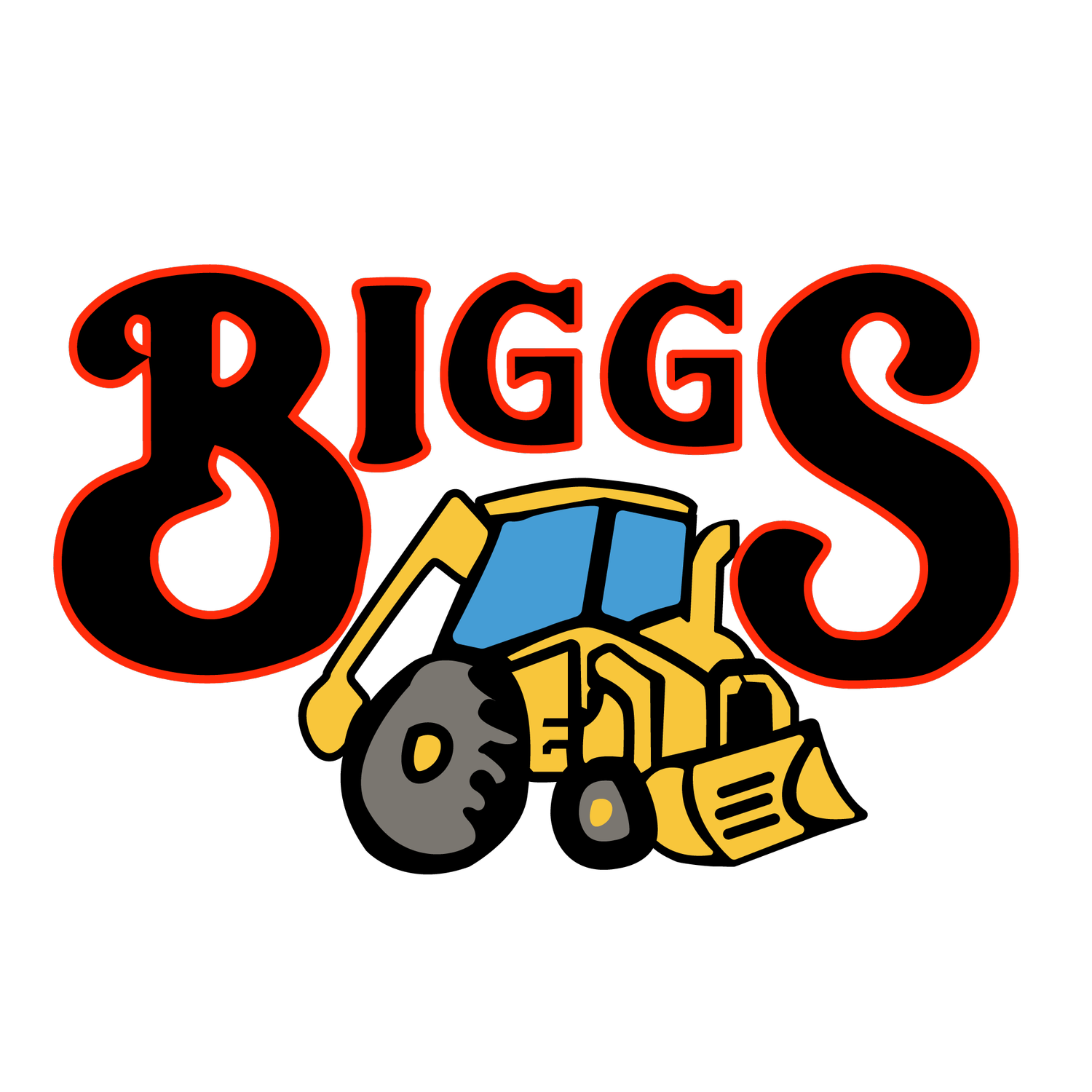Lateral Lines System
Many of our daily chores such as bathing, doing laundry, flushing toilets, preparing meals, washing dishes and other activities generate domestic wastewater. Few people give thought to where wastewater goes after it disappears down the drain. Domestic wastewater (i.e. sewage) must be properly treated because it contains nutrients, bacteria/viruses and household chemicals that may contaminate the land and waters of our state. In the U.S., we are fortunate to have the technology and the resources available to properly treat our wastewater.
Each subsurface sewage treatment system is designed for a specific site and a specific volume of wastewater. Each site is different and must be evaluated individually. Site evaluation information includes: soil characteristics (amount of sand, silt, and clay), landscape, lot size and location, estimated water usage, depth of the groundwater tables (both seasonal and permanent), water well locations (yours and your neighbors’), location of creeks, rivers, springs, ponds and lakes, or other factors that may affect the location and size of your system.
DEQ Lateral Line Septic System Regulations
A soil test is used to determine which type of septic system your property is best suited. You do not have to have a soil test if you are installing an aerobic septic system but you are required to get one if you are wanting to install a lateral septic system because we have soil in Oklahoma that lateral lines don’t work well.

